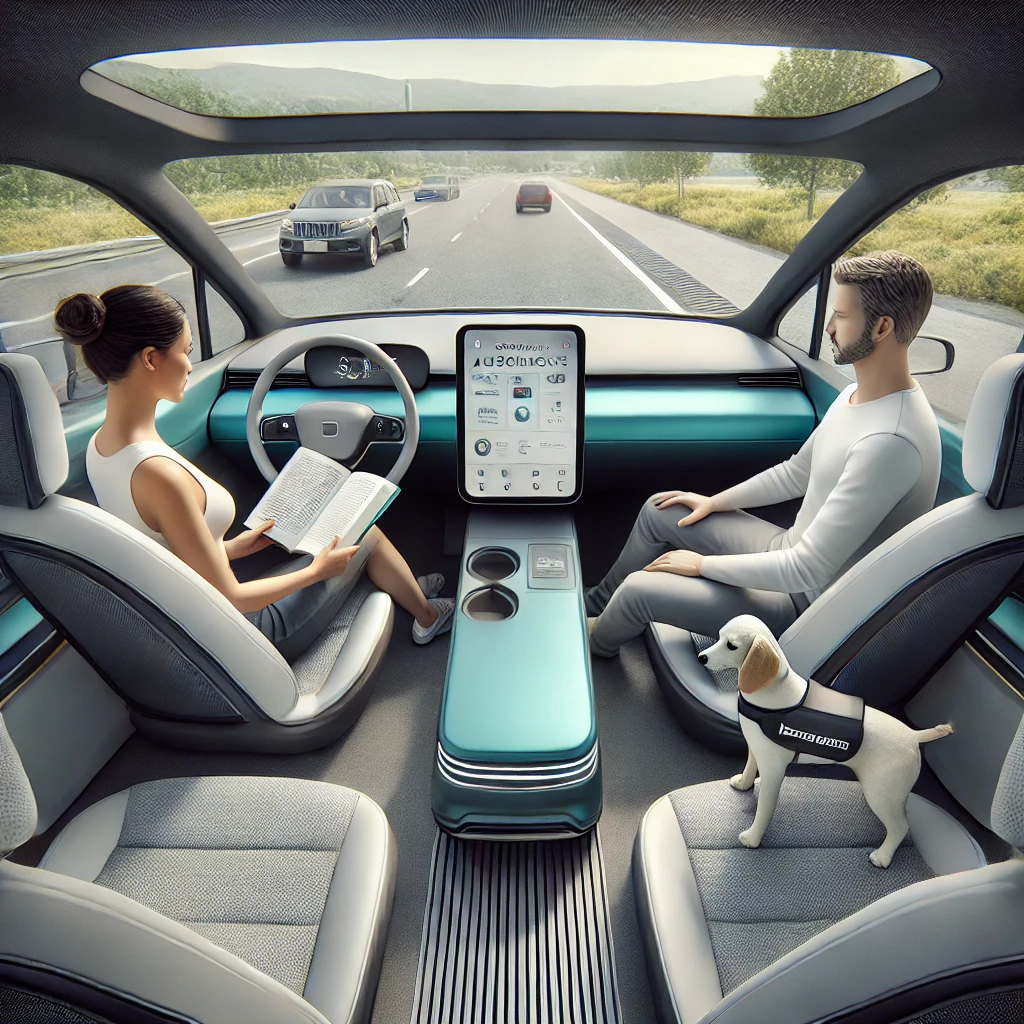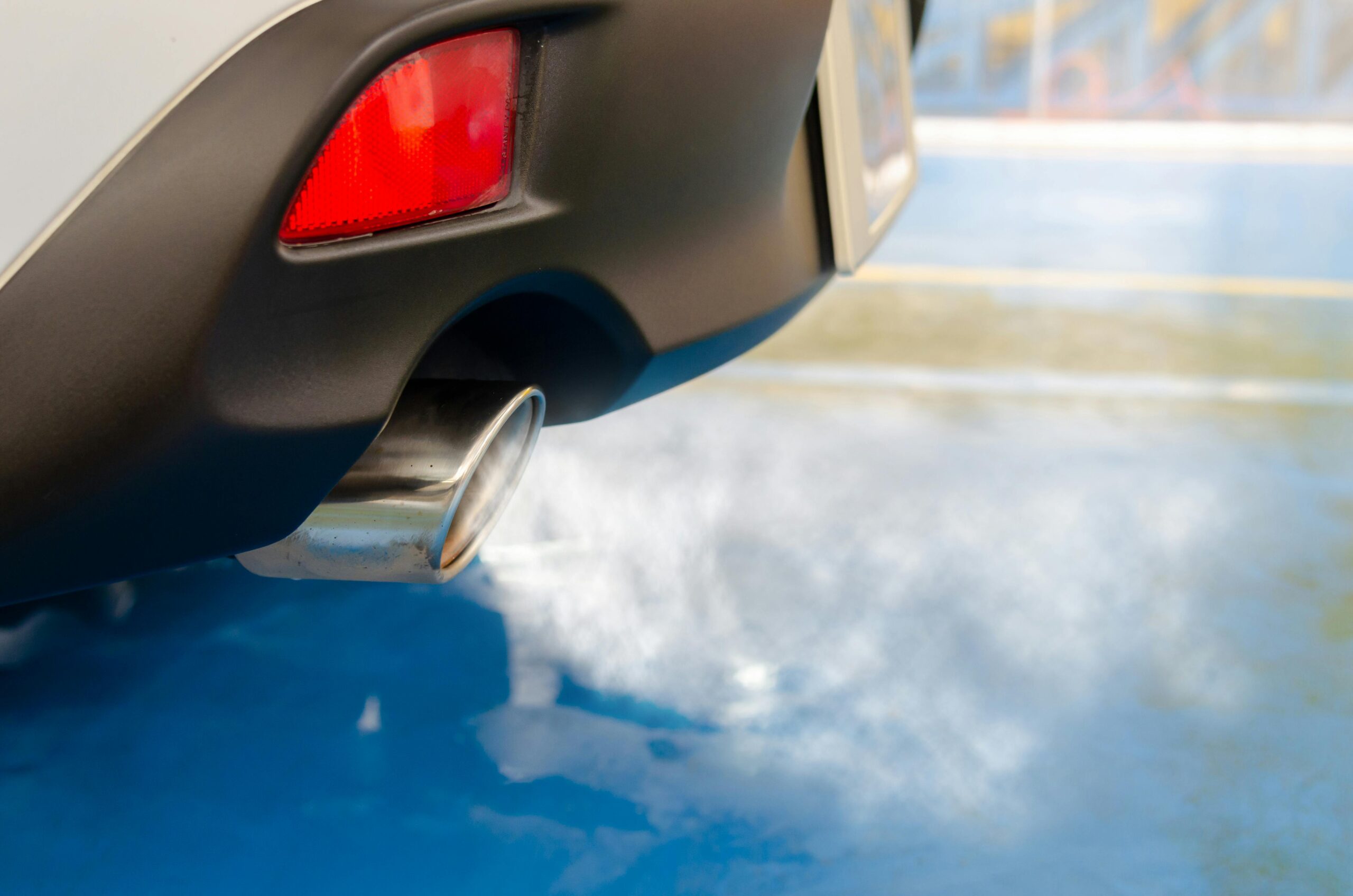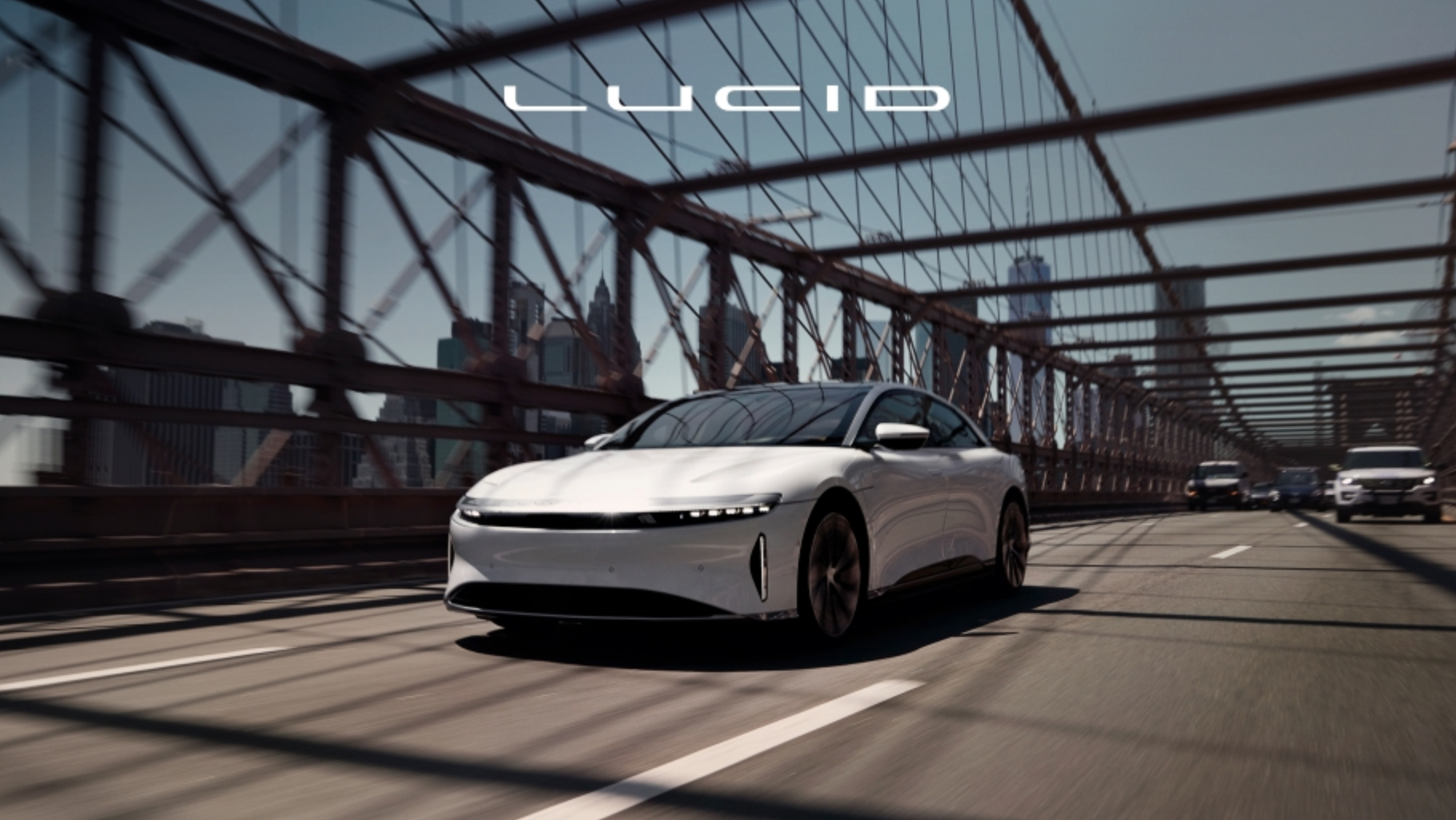It’s hard to imagine a more divisive issue than tariffs in the automotive world, especially when they’re targeting the very backbone of the industry: parts and materials. President-elect Donald Trump’s proposed tariffs on imported goods, which aim to bolster American manufacturing, have automakers and electric vehicle (EV) enthusiasts alike bracing for impact. While the promise of revitalizing domestic production has undeniable appeal, the reality for automakers, especially those in the electric vehicle sector, is far more complex. For an industry already walking a tightrope of innovation, market adoption, and supply chain efficiency, the looming tariffs are an existential threat.
Consider this: building a car, whether it’s powered by gasoline or electrons, is a symphony of global supply chains. The steel may come from Brazil, the semiconductors from Taiwan, and the lithium-ion batteries—the heart of any EV—from South Korea or China. Trump’s tariff proposal includes significant penalties on many of these imported components. For an automaker like Tesla, which relies on advanced battery technologies sourced internationally, or General Motors, which has been ramping up its EV production, this could translate to higher costs and thinner margins. For consumers, this means higher sticker prices and fewer choices, potentially slowing down the EV revolution at a critical moment.
Automakers aren’t the only ones feeling the heat. Suppliers—those unsung heroes who make everything from wiring harnesses to suspension systems—are just as vulnerable. Take battery manufacturers, for instance. A large percentage of battery production and innovation occurs in Asia, where economies of scale and government incentives have created a competitive edge. If tariffs are imposed, the cost of importing these batteries will rise sharply, making it less viable for EV manufacturers to offer affordable vehicles. Experts warn that this could cripple efforts to make EVs accessible to middle-class buyers, effectively narrowing the market to wealthier consumers.
To understand the gravity of the situation, let’s rewind to Trump’s first term. His administration’s trade war with China imposed tariffs on hundreds of billions of dollars’ worth of goods, including automotive parts. The impact was immediate and significant. A 2019 study by the Peterson Institute for International Economics found that these tariffs increased costs for U.S. automakers by billions of dollars annually, with no clear evidence of job growth in the domestic auto sector. The EV market, which was just gaining traction at the time, faced delays and cost overruns as companies scrambled to adjust. Fast forward to today, and we’re looking at a potential repeat of this scenario, but with even higher stakes as EV adoption becomes a cornerstone of climate policy.
One of the most pressing concerns is the potential chilling effect on innovation. The EV industry thrives on rapid advancements in technology, from solid-state batteries to advanced driver-assistance systems. These innovations often require specialized components that are not yet produced domestically at scale. Forcing automakers and suppliers to “buy American” before the necessary infrastructure exists could stifle progress and leave the U.S. trailing behind global competitors. In Europe, for example, nations are investing heavily in EV infrastructure and technology, with generous subsidies and streamlined regulations. China, meanwhile, is doubling down on its EV dominance with massive government support for battery production and vehicle development. A tariff-heavy approach could isolate the U.S., making it harder for American automakers to compete on the world stage.
For a real-world illustration, let’s look at Rivian, the darling of the American EV startup scene. Known for its rugged electric trucks and SUVs, Rivian sources critical components like battery cells from South Korean and Chinese manufacturers. While the company is working to localize its supply chain, the process takes time. A sudden imposition of tariffs could disrupt production schedules, inflate costs, and put Rivian’s ambitious growth plans in jeopardy. Similarly, Ford’s electric F-150 Lightning—a flagship model for the automaker’s EV future—relies on imported battery technology. Tariffs could force Ford to pass these costs onto consumers, undermining its efforts to make electric trucks mainstream.
Then there’s the consumer side of the equation. EV adoption in the U.S. has been steadily climbing, thanks in part to federal tax credits, state incentives, and falling battery prices. But these gains are fragile. A 2023 report by BloombergNEF estimated that battery costs need to fall below $100 per kilowatt-hour to make EVs price-competitive with internal combustion vehicles. Tariffs could reverse this trend, driving up battery costs and making EVs less attractive to cost-conscious buyers. For a demographic already grappling with inflation and economic uncertainty, higher EV prices could be the tipping point that pushes them back to gas-powered vehicles.
Critics of the proposed tariffs argue that they are a blunt instrument ill-suited to the complexities of the modern automotive industry. Rather than fostering domestic growth, they risk creating bottlenecks and inefficiencies that could ripple across the economy. Automakers and suppliers, already navigating the challenges of the transition to electric vehicles, may find themselves caught in a perfect storm of rising costs, supply chain disruptions, and declining consumer demand. For an industry that contributes nearly 3% of the U.S. GDP, the stakes couldn’t be higher.
It’s not all doom and gloom, though. Some industry experts see the proposed tariffs as a wake-up call for American manufacturing. The push for localized production could spur investment in domestic battery factories, semiconductor plants, and other critical infrastructure. Initiatives like the Inflation Reduction Act of 2022, which provided incentives for domestic EV manufacturing, could align with these efforts to create a more self-reliant industry. However, the transition won’t happen overnight. In the short term, the costs are likely to outweigh the benefits, particularly for automakers heavily reliant on global supply chains.
As the debate unfolds, one thing is clear: the EV industry stands at a crossroads. The choices made in the coming months will shape not only the future of electric vehicles but also America’s role in the global automotive landscape. For EV enthusiasts, the message is simple: stay informed, stay vocal, and continue to advocate for policies that prioritize innovation and sustainability over protectionism.
Explore how political changes could shape environmental policy in “Could Republican Gains Block California’s Stricter Emissions Policies?” This thought-provoking read examines the future of eco-friendly regulations. Or, get inspired to enhance your road safety with “Escape Plan on Wheels: Why Every Driver Needs and Electric Scooter in Their Trunk” and discover why this compact device might be the ultimate travel companion.



